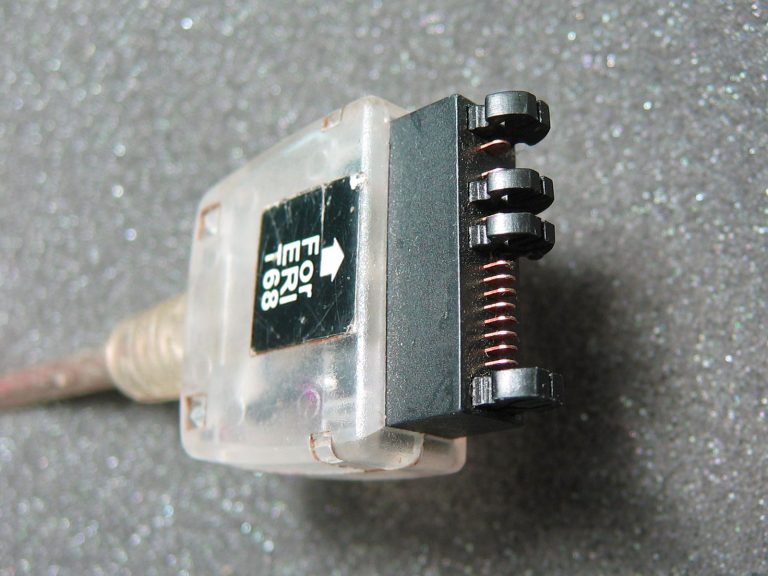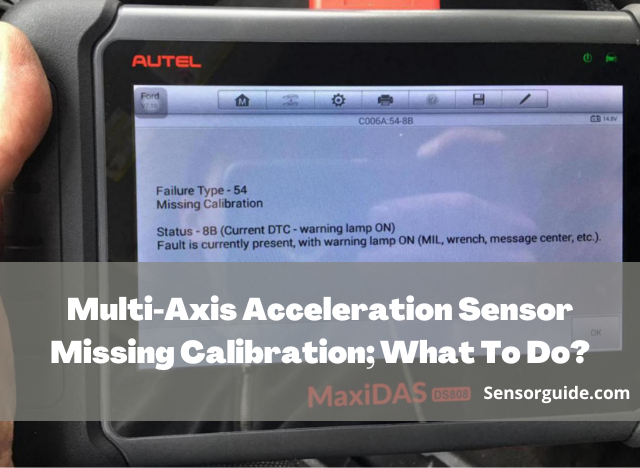Kia K5 Tire Pressure Sensor Reset Procedure
Tire pressure sensors (TPMS) monitor the air pressure in your tires and alert you if the pressure falls below a safe level. They are required on all new cars sold in the United States since 2008.
There are two types of TPMS: direct TPMS and indirect TPMS. Direct TPMS uses sensors in each tire to measure the air pressure directly. Indirect TPMS uses the wheel speed sensors to calculate the air pressure by measuring the difference in the speed of each wheel.
The TPMS light on your dashboard will come on if the air pressure in one or more of your tires is low. You should reset the TPMS light after you have inflated your tires to the correct pressure.
There are a few reasons why you might need to reset the TPMS light on your Kia K5:
- You have had your tires rotated.
- You have had a flat tire and had the tire repaired or replaced.
- You have replaced the TPMS sensor in one or more of your tires.
- You have reset the car’s computer.
Table of Contents
How to reset the tire pressure sensor? Step by step
Here are the steps to reset the tire pressure sensor on a Kia K5;
- Turn the ignition to the ON position. This means turning the key to the position where all the dashboard lights come on, but the engine does not start.
- Press and hold the TPMS reset button for 5 seconds. The TPMS reset button is usually located near the steering wheel.
- The TPMS light should turn off. If the TPMS light does not turn off, try restarting the car.
If the TPMS light still does not turn off after resetting it, you may need to take your car to a mechanic to have the system diagnosed.
Here are some additional tips for resetting the tire pressure sensor on a Kia K5:
- Ensure all the tires are inflated to the correct pressure before resetting the sensor. The correct tire pressure is usually listed on a sticker inside the driver’s door.
- If you have recently had your tires rotated, you may need to reset the sensor after the rotation.
- If you have a flashing TPMS warning light, you should take your car to a mechanic to diagnose the system.
Where is the TPMS reset button on a Kia K5?
The TPMS reset button is located in the driver’s door jamb. It is a small, black button with a tire pressure gauge symbol on it. To reset the TPMS, turn the ignition to the ON position and press and hold the button for 5 seconds. The TPMS light should turn off.
Here are the detailed steps on how to find and reset the TPMS reset button on a Kia K5:
- Open the driver’s door.
- Look for a small, black button with a tire pressure gauge symbol on it. It is usually located in the lower corner of the door jamb.
- Press and hold the button for 5 seconds.
- The TPMS light should turn off.
If the TPMS light does not turn off, try restarting the car. If the light still does not turn off, you may need to take your car to a mechanic to have the system diagnosed.
What are the symptoms of Kia K5 Tire Pressure Sensor?
Here are some of the symptoms of a bad Kia K5 tire pressure sensor:
TPMS light is on: This is the most common symptom of a bad tire pressure sensor. The TPMS light will come on if the air pressure in one or more of your tires is low.
Uneven tire wear: If one or more of your tires are wearing unevenly, it could be a sign of a bad tire pressure sensor. This is because a low tire pressure can cause the tire to rub against the road more, leading to uneven wear.
Steering wheel vibration: If your steering wheel vibrates while driving, it could be a sign of a bad tire pressure sensor. This is because a low tire pressure can cause the tire to wobble, which can cause the steering wheel to vibrate.
Pulling to one side: If your car pulls to one side when you are driving, it could be a sign of a bad tire pressure sensor. This is because a low tire pressure can cause the tire to grip the road less, making the car pull to one side.
Driving instability: If you feel like your car is less stable when driving, it could be a sign of a bad tire pressure sensor. Low tire pressure can make the car less responsive to steering and braking, making it feel less stable.
Jeep Grand Cherokee Tire Pressure Sensor Problems; By Sensor Guides
Sensor guides
How do you clear a TYRE pressure warning on a Kia?
If you experience any of these symptoms, you should have your tire pressure sensors checked by a mechanic. A mechanic can use a diagnostic tool to check the sensors and see if they work properly.
Here are some tips to help you prevent your Kia K5 tire pressure sensors from going bad:
- Keep your tires inflated to the correct pressure. The correct tire pressure is usually listed on a sticker inside the driver’s door.
- Rotate your tires every 6,000 to 8,000 miles. This will help evenly distribute your tires’ wear and prevent one tire from becoming low on pressure.
- Have your tire pressure sensors checked every time you have your tires rotated or serviced.
By following these tips, you can help to keep your Kia K5 tire pressure sensors working properly and prevent them from going bad.
There are a few ways to clear a TYRE pressure warning on a Kia.
- Reset the TPMS sensor: This is the most common way to clear the warning. To do this, follow the steps below:
- Turn the ignition to ON, but do not start the engine.
- Press and hold the TPMS reset button for 5 seconds.
- The TPMS light should turn off.
- If the TPMS light does not turn off, try restarting the car.
- Inflate the tires to the correct pressure: If the tires are low on pressure, the TPMS light will come on. To inflate the tires, use a tire pressure gauge to check the pressure of each tire. The correct tire pressure is usually listed on a sticker inside the driver’s door.
- Replace the TPMS sensor: If the TPMS sensor is bad, it will need to be replaced. A mechanic can do this for you.
If you have a flashing TPMS warning light, you should take your car to a mechanic to diagnose the system.
Here are some additional tips for clearing a TYRE pressure warning on a Kia:
- Ensure all the tires are inflated to the correct pressure before resetting the sensor.
- If you have recently had your tires rotated, you may need to reset the sensor after the rotation.
- If you have a flashing TPMS warning light, you should take your car to a mechanic to diagnose the system.
How to Find Out Which TPMS Sensor Is Bad? All You Need To Know
Sensor Guides





